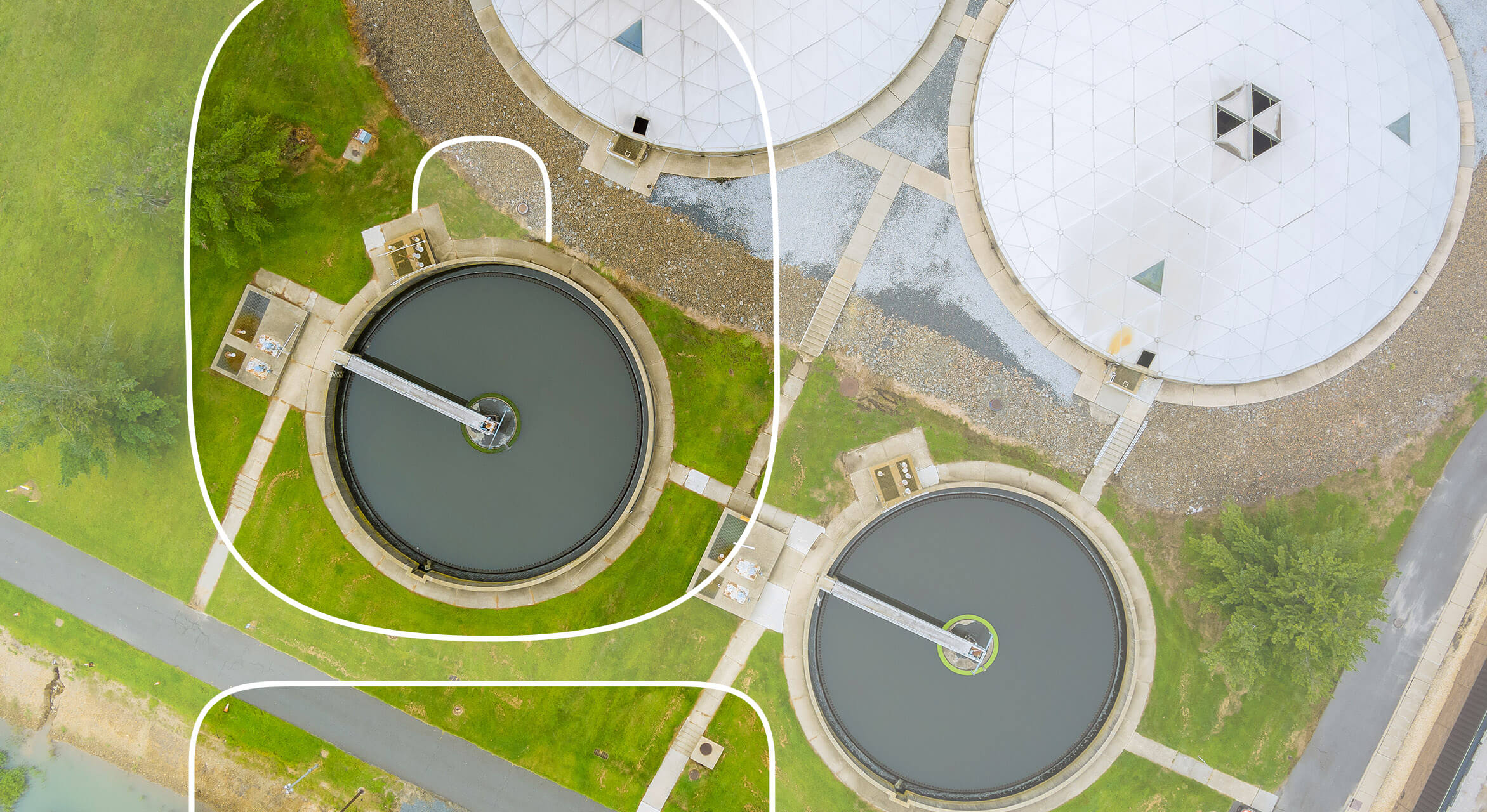Affordable Options for Home and Business Wastewater Needs
Comprehending Wastewater Therapy Processes and Their Ecological Effect
The ins and outs of wastewater therapy procedures play a critical function in mitigating environmental challenges related to water pollution. Each phase, from initial to sophisticated therapies, is designed to address particular impurities, inevitably securing both public health and wellness and water environments. Despite technological advancements in therapy performance, considerable difficulties linger, consisting of the management of residual pollutants and the effects of nutrient runoff. As we check out the complexities of these processes, it becomes important to doubt exactly how far existing approaches can advance to fulfill the growing demands of sustainability and ecological conservation.
Overview of Wastewater Treatment
How is wastewater transformed right into a secure resource for the environment? Wastewater therapy is a crucial procedure developed to get rid of pollutants from made use of water, consequently securing public wellness and securing ecological communities. This process starts with the collection of wastewater from property, commercial, and commercial sources, which is after that routed to treatment centers.
At these centers, different physical, chemical, and organic methods are used to deal with the wastewater. Ultimately, biological treatments, such as turned on sludge procedures, utilize bacteria to damage down natural matter.
The dealt with effluent can be securely discharged into natural water bodies or recycled for watering and commercial objectives, promoting resource conservation. In addition, the therapy procedure produces biosolids, which can be repurposed as fertilizers or soil modifications, even more improving sustainability.
Phases of Treatment Procedures
The wastewater therapy process generally contains three main phases: preliminary, main, and second therapy. Each stage offers a distinctive function in minimizing the toxin tons and ensuring the effluent meets ecological requirements prior to discharge.

The key therapy phase concentrates on the physical separation of suspended solids from the wastewater. With sedimentation, heavier bits resolve at the end of sedimentation storage tanks, developing sludge, while lighter products, such as oils and greases, float to the surface area and are skimmed off. This process dramatically reduces the natural and inorganic tons in the wastewater.
Additional therapy is a biological process aimed at additional lowering the concentration of organic matter. This phase is crucial for attaining the essential biochemical oxygen demand (FIGURE) reduction, ultimately leading to cleaner effluent all set for discharge or additional treatment.

Advanced Therapy Technologies
Adhering to the secondary treatment processes, progressed treatment technologies play a crucial duty in additional enhancing the high quality of dealt with wastewater. These innovations are created to get rid of recurring impurities that are not properly removed during primary and second therapies, making certain the effluent meets strict governing requirements.
Among the commonly used innovative therapy approaches are membrane layer purification, reverse osmosis, and progressed oxidation procedures. Membrane filtering, including microfiltration and ultrafiltration, works in separating great particles, microorganisms, and colloids from the water (Wastewater). Reverse osmosis uses semi-permeable membrane layers to get rid of liquified solids, leading to top notch water suitable for different applications
Advanced oxidation processes (AOPs) use strong oxidants to deteriorate organic toxins, including drugs and personal treatment products that are immune to traditional therapy. These techniques boost the biodegradability of intricate compounds, promoting their removal.
Another substantial technology is using biological nutrient removal processes, which particularly target nitrogen and phosphorus, protecting against eutrophication in receiving water bodies. On the whole, innovative therapy modern technologies are crucial for attaining higher levels of filtration, promoting water reuse, and securing public wellness while resolving the difficulties associated with wastewater administration.
Ecological Benefits of Therapy
Countless ecological advantages develop from effective wastewater therapy processes that contribute to ecosystem health and sustainability. Largely, these processes considerably minimize the release of unsafe contaminants into natural water bodies, which helps keep aquatic environments. By getting rid of pollutants such as hefty metals, nutrients, and my company virus, treated wastewater minimizes the danger of waterborne diseases and promotes biodiversity in marine environments.
Moreover, wastewater therapy facilities frequently utilize innovative technologies that enable water recycling and reuse. This practice not only saves official statement fresh water sources but likewise reduces the need on natural water supplies. Boosted nutrient removal from wastewater can likewise prevent eutrophication, a procedure that results in algal flowers and succeeding oxygen depletion in aquatic systems.
Furthermore, reliable treatment processes can minimize greenhouse gas discharges, especially methane and laughing gas, which are usually released during without treatment wastewater decay. By capturing and making use of biogas from anaerobic digesters, facilities can convert waste right into renewable resource, therefore adding to a reduction in fossil fuel dependency.
Difficulties and Future Patterns
While the ecological advantages of wastewater treatment are clear, numerous difficulties persist that impede ideal results in this field. One major issue is maturing infrastructure, which typically brings about ineffectiveness and increased functional prices - Wastewater. Numerous treatment plants were designed decades earlier, and their capabilities do not align with modern-day demands, which consist of more stringent governing standards and higher volumes of wastewater because of urbanization

Looking ahead, there is an expanding emphasis on source recuperation and circular economic climate concepts within wastewater treatment. Developments such as anaerobic food digestion, which can produce biogas, and advanced filtration modern technologies are acquiring traction. These methods not just improve treatment performance but additionally advertise sustainability.
Inevitably, addressing these difficulties requires collaboration among stakeholders, investment in modern technology, and a commitment to ongoing research study. By accepting these patterns, the wastewater therapy sector can advance to meet the demands of a changing setting and society.
Verdict
In verdict, wastewater treatment procedures play an essential duty in enhancing environmental quality and public wellness. The multi-stage therapy structure, coupled with sophisticated innovations, efficiently reduces contamination and advertises find more info lasting water administration. By resolving residual contaminants and reducing nutrition overflow, these procedures contribute to the conservation of water ecological communities and the decrease of greenhouse gas emissions. Proceeded advancements and adaptations in treatment methods will be crucial for overcoming arising obstacles and guaranteeing the sustainability of all-natural resources (Wastewater).